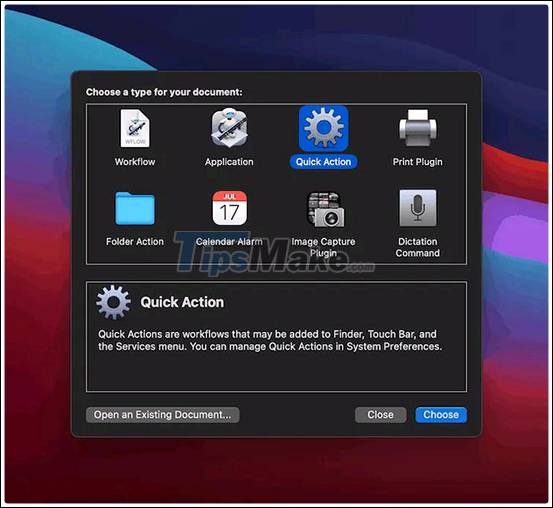

- #SHOW FILE PATH MAC HOW TO#
- #SHOW FILE PATH MAC FOR MAC#
- #SHOW FILE PATH MAC FULL#
- #SHOW FILE PATH MAC PASSWORD#
If you don't like this solution, you can try (lualine) and give (2) for full path string in the configurations. Mapping with lualine status bar,Īssume, you want to put the full path on section (c) then: lualine_c = , This is similar to (.zsh) if you want to add a full path to your prompt configurations. tested on 3 different status bars already. I am pretty much sure, this solution is package ignostic, so no need to worry about the lualine status bar, any status bar is ok. Do not change this entry.Ģ55. wrote this function to get the full path of my current directory and then mapped it to the lualine (any status line is the same). To insert a file in a web page its source must be known. Go to the OLM file location and select the file.
#SHOW FILE PATH MAC FOR MAC#
Select Outlook for Mac Data File (.olm) and click the right arrow once again. olm), and click the right arrow towards the right-bottom.


In the Import window that opens, select Outlook Data File (.pst or. File paths are used to link external resources such as images, videos, style sheets, JavaScript, displaying other web pages etc. Launch Outlook, and under the File tab, select Import. Its like an address of a file which helps the web browser to access the files. # localhost is used to configure the loopback interface A file path specifies the location of a file inside a web folder structure.
#SHOW FILE PATH MAC HOW TO#
If you ever make a mistake and you’re not sure how to fix it, you can always restore the default hosts file contents by using one of the methods above to enter the following default information: Our examples mentioned blocking and redirecting distracting sites in a work environment but you can also use these steps to manually block access to malicious websites and, of course, other uses as well. When you’re done making changes, press Control-X to exit the editor, Y to save, and Return to overwrite the existing hosts file.Īs we mentioned earlier, make sure to flush your DNS cache if you notice that your new mappings aren’t working properly. Because we launched Nano using sudo, any changes will be authenticated and saved directly to the original hosts file, without the need to copy it outside of its home directory.Ĥ. Just as we did with the TextEdit method above, we can add, edit, or remove hostname mappings at will. To navigate and edit the file in Nano, use the arrow keys on your keyboard.ģ. You’ll now see the hosts file open in the Nano editor or vim or another editor of your choice.
#SHOW FILE PATH MAC PASSWORD#
As with all sudo commands, you’ll need to also enter your admin password to execute it: " sudo nano /private/etc/hosts“Ģ. To get started, launch Terminal, type the following command, and press Return.The steps in the previous section are easy enough, but if you want to avoid copying the hosts file you can edit it directly in Terminal using the UNIX Nano Text Editor, which is built into macOS. Your Mac will then come through the speakers saying “DNS cache has been flushed.” How to Edit Your Mac Hosts File In Terminal With Nano To get your Mac to clear your DNS cache, then confirm it’s cleared your cache by echoing a confirmation, enter these two commands separated by a semi-colon as shown here: “ sudo killall -HUP mDNSResponder say DNS cache has been flushed“.Note: You will need to enter your admin password to execute this command. Now, type “ sudo killall -HUP mDNSResponder” and press Return.To flush the DNS cache on your Mac, open Terminal and use the following command (sudo enables you to run this command as the admin of your machine):.In most cases, the new mapping should work immediately, but if you’re not seeing the correct behavior, you may need to flush your DNS cache, forcing the browser to read from your hosts file to determine the mapping. With the modified hosts file now in place, fire up your Web browser to test the changes. Choose Replace and then enter your administrative user password to authenticate the transfer. When you drop the hosts file back in its original location, macOS will ask you what to do about the unmodified hosts file that’s already there.


 0 kommentar(er)
0 kommentar(er)
